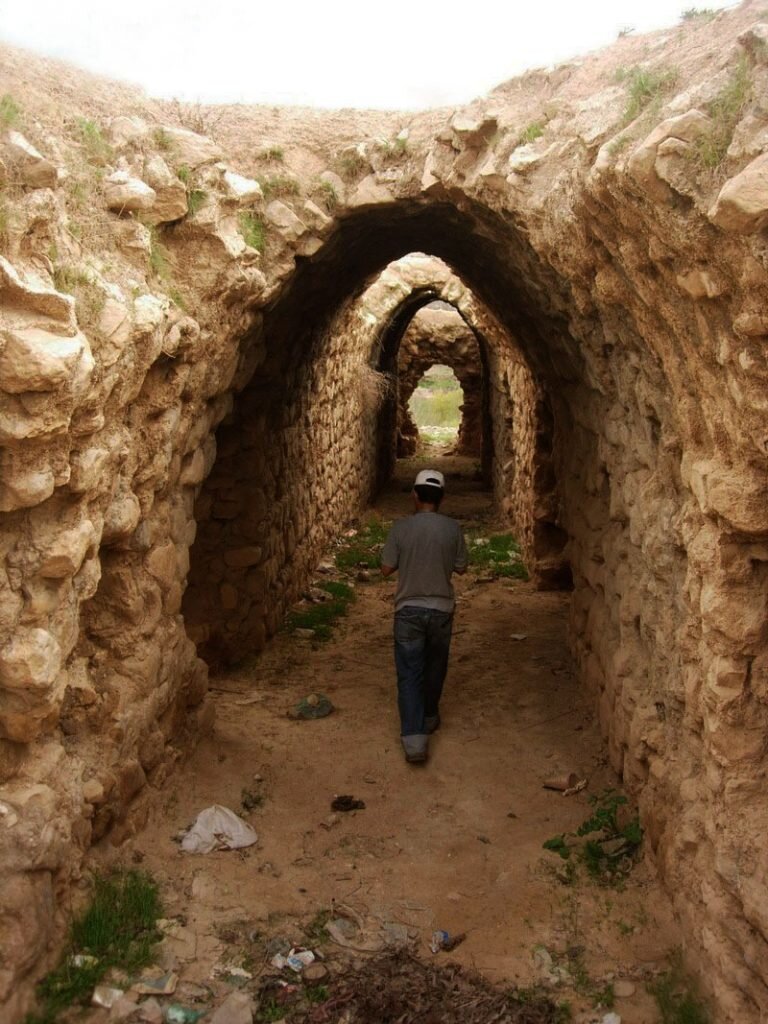Zij-e Manijeh, a unique opportunity to draw visitors to Kermanshah

TEHRAN—Zij-e Manije, sometimes referred to as “Manijeh Castle,” is one of the ancient charms located near the city of Sarpol-e Zahab in Kermanshah province, western Iran.
Investors and, in particular, local people, can use the capacity of this ancient monument and its proximity to many other historical sites to draw tourists, said Director of the National Sassanid Axis Base in Kermanshah Kiomars Azami.
He told ISNA that Zij-e Manijeh is one of the most intact buildings remaining from the Sassanid period in Kermanshah, which is about 1,500 years old.
Azami said the renovation operations have been conducted on the monument in the past two decades, adding that fortunately the monument is in good situation.
He explained that close to 10 billion rials ($11,111) credit has been allocated to the monument for renovation works.
The archaeologist continued that Manijeh Castle is considered an exquisite monument of the province and there is no possibility of any changes inside the building nor its exploitation.
Given its proximity to many important historical monuments, he said unfortunately, local people haven’t used this capacity to draw tourists or earn money.
The important historical monument is located in the vicinity of a number of other historical monuments such as the Taq-e Gara, an ancient spring, the Royal Road, and a historical stone quarry, and is located in a gorge that offers tourists a pristine natural landscape. In addition, Piran Waterfall, one of the most beautiful waterfalls in Iran, is also very close to this historical monument.
All these capacities have created this opportunity for locals particularly people of Patagh Village to draw tourists through advertising and turn this site into a tourism hub of Kermanshah province, he said.
Regarding the Manijeh castle, the date is not very clear, but according to the architecture done in this building, especially the design of the gates, arches and also the roof covering used in this building, its construction can be compared to the late Sassanid period.
This building with a height of about two meters above the surrounding land and with dimensions of 70 by 50 square meters has a rectangular plan made of stone carcass and gypsum mortar.
KD
Leave a Comment